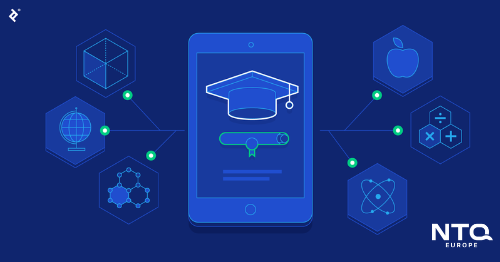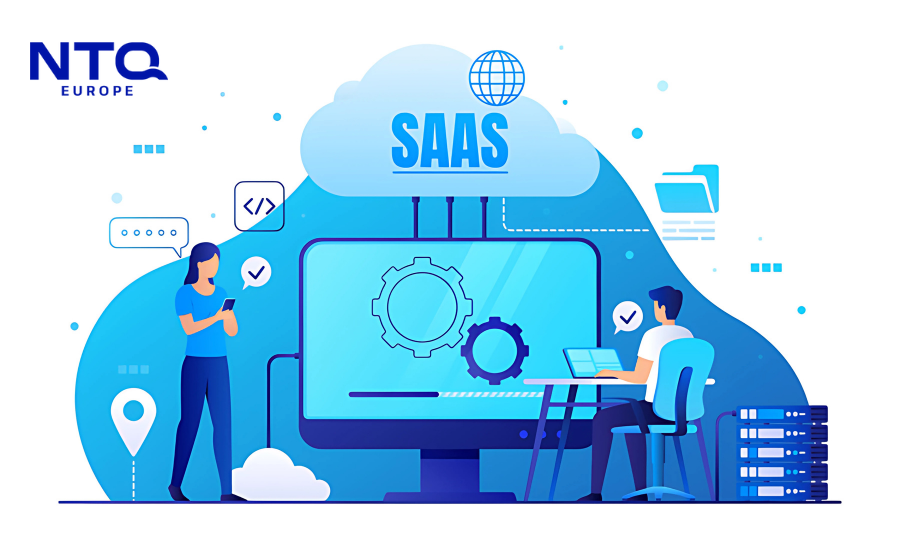The Myth of the Top-of-Funnel Fix
Most EdTech startups begin with the proper focus: building a strong product and attracting early users. They succeed in onboarding thousands through school partnerships, digital campaigns, or free trial offers. But what happens next often reveals a deeper issue: those users don’t stay.
There’s a tendency to solve this with more top-of-funnel effort: better ads, bigger launch campaigns, improved lead conversion. But churn isn’t a traffic problem. It’s a trust problem. A product that doesn’t earn return visits isn’t sticky, no matter how many new users you bring in. The result? Growth feels like one foot on the gas and one foot on the brake.

This is where user retention challenges in EdTech quietly erode long-term potential. While acquisition is loud and visible, retention failure is slow and silent until one day you realize your DAU has flatlined.
The Complex Psychology of Learner Motivation
Learning isn’t a laid-back activity. Unlike entertainment or e-commerce, education platforms ask users to put in effort; often over a long period, with delayed rewards. That creates a unique psychological barrier to retention.
To stay engaged, users need at least three things:
- A clear sense of progress
- Tangible relevance to their personal or professional goals
- Reinforcement that their effort is paying off
But many platforms don’t deliver on these. The content may be high-quality but overwhelming. The interface may be functional but emotionally flat. There’s no feedback loop, no celebration of milestones, and no sense of momentum.
This leads to low student engagement in digital learning, especially among self-directed learners, adult upskillers, or employees juggling training with day jobs.
And when users stop feeling like they’re learning with the platform and start feeling like they’re learning despite it, they leave.

Product Design vs. Pedagogical Fit
Some of the worst online learning dropout rates come from well-funded, well-designed EdTech platforms; not because the UX is bad, but because the product doesn’t truly align with how people learn.
It’s not enough to digitize lessons or gamify the interface. Platforms must adapt to different learning speeds, preferences, and contexts. For instance:
- A 14-year-old high school student doesn’t learn the same way as a 35-year-old sales manager taking a leadership course.
- Learners in rural areas may experience different connectivity, language barriers, or screen time limitations.
- Users with prior negative educational experiences may require more emotional reassurance and scaffolding.
This is where EdTech platform stickiness has to move beyond UX patterns and into instructional design, cultural awareness, and behavioral insight. Otherwise, platforms will lose users, not because of bad tech, but because of unmet human expectations.
Why Retention Should Be a Cross-Functional KPI
Retention isn’t just a product problem. Or a marketing problem. Or a UX problem. It’s all of them, together.
When product teams operate in silos, content creators optimize for depth, designers aim for clarity, and marketers focus on acquisition metrics. But no one owns the middle: what happens between day 3 and day 30, when most churn happens.
This middle zone (where the habit is supposed to form) is the most fragile. It’s where onboarding, curriculum design, content pacing, and user feedback all converge. And unless someone measures it holistically, retention slips through the cracks.
That’s why solving user retention challenges in E-Learning requires cross-functional collaboration: product, pedagogy, and engineering working from a shared playbook, with shared goals.

What We’ve Learned at NTQ Europe
At NTQ Europe, we’ve partnered with EdTech clients that had millions of users but a daily active base that didn’t match. We helped diagnose where and why learners were dropping off; not just technically but emotionally and behaviorally.
Sometimes the fix was backend: faster loading, better syncing, mobile optimization. Sometimes it was structural: reworking course flow to support different user types. Often, it was deeper—rethinking the user’s emotional journey from signup to first success, and designing systems that made those “early wins” more visible and rewarding.
Because user retention challenges in EdTech aren’t just about reducing churn. They’re about delivering on the promise of learning that’s not only available but also sustainable.



















